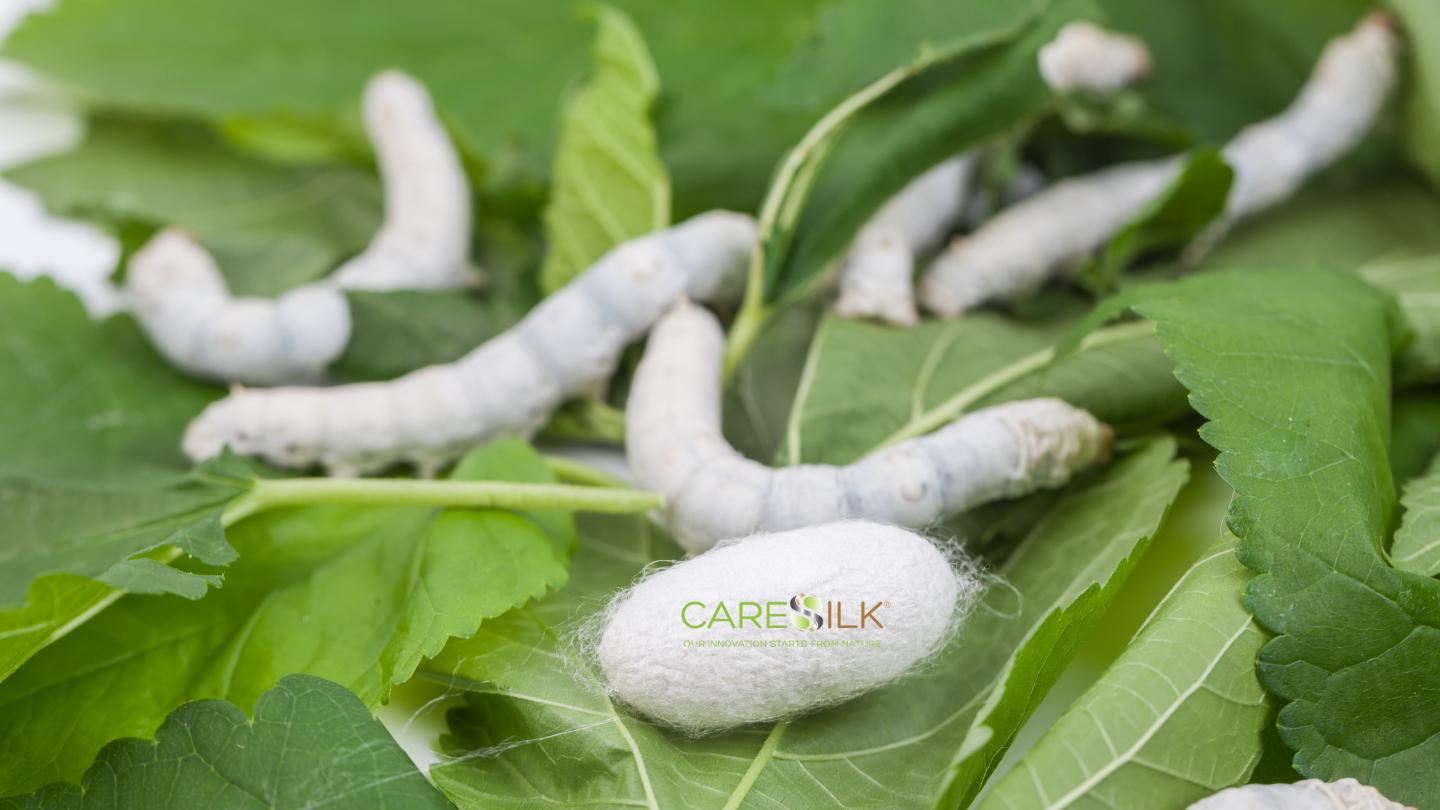Silver nanoparticles represent one of the most promising frontiers in the fight against pathogenic microorganisms. Their integration into silk fabrics through natural processes is opening new perspectives for biomedical and sustainable applications.
This innovative technology (AgNPs) is one of the most effective antimicrobial agents available today. Their success is primarily due to their ability to act against a broad spectrum of microorganisms, including bacteria, fungi, and viruses. Their effectiveness stems from multiple modes of action: they can damage microbial cell membranes, interfere with enzymatic processes, and alter pathogen DNA. These properties make it extremely difficult for microorganisms to develop resistance.
Not only do they actively fight infections, but these tiny particles also possess remarkable anti-inflammatory properties. By modulating the local immune response, they reduce swelling and accelerate the healing process, particularly useful in wound care applications. Clinical studies have shown that materials treated with AgNPs can significantly reduce recovery times for burns, chronic ulcers, and surgical wounds, offering a dual advantage: protection from infections and active promotion of tissue regeneration.
Traditional methods vs. in vivo functionalization
The incorporation of silver nanoparticles into silk fibers has traditionally followed paths that present several challenges. Conventional methods such as dip-coating require already-produced silk fibers to be immersed in solutions containing nanoparticles, often yielding inconsistent results. Electrospinning, while allowing more precise control, involves completely dissolving the silk and restructuring it under artificial conditions, altering its natural properties. Chemical cross-linking, on the other hand, creates bonds between nanoparticles and fiber using chemical agents that often leave unwanted toxic residues.
All these processes share common problems: they require significant amounts of energy, use toxic solvents such as hexafluoroisopropanol or N-methylmorpholine N-oxide, and can compromise the structural integrity of the silk, reducing its tensile strength and elasticity. The result is fibers that, while possessing antimicrobial properties, lose some of the mechanical characteristics that make silk such a special material.
In contrast, in vivo functionalization represents a radically different and biomimetic approach. This innovative method leverages the natural biology of the silkworm (Bombyx mori), which is fed a diet enriched with silver nanoparticle precursors or with the nanoparticles themselves in a bioavailable form. During the process of silk synthesis in the silkworm's silk glands, these compounds are metabolized and directly incorporated into the protein structure of fibroin, the main component of silk.
This approach offers extraordinary advantages: the nanoparticles are uniformly distributed throughout the fiber rather than just on the surface, creating an integral antimicrobial material. The silk maintains its mechanical properties intact, as it does not undergo aggressive chemical treatments. From an environmental perspective, the process almost completely eliminates the use of toxic solvents and drastically reduces energy consumption, as it leverages the metabolic efficiency of living organisms.
A Sustainable future for antimicrobial materials
The in vivo functionalization of silk with silver nanoparticles could revolutionize several sectors. In the medical field, these advanced textiles could transform the management of chronic wounds, a growing problem in aging populations. Bandages and dressings made with this silk could provide controlled and prolonged release of silver ions, maintaining a sterile environment without the need for frequent dressing changes, reducing patient pain and healthcare costs.
In the technical clothing sector, antimicrobial silk could be used to create sportswear that naturally prevents odors and skin irritations, eliminating the need for post-production synthetic treatments. This responds to the growing demand for functional but ecological fabrics, particularly appreciated in the sustainable luxury clothing market.
Water and air filtration systems could benefit enormously from functionalized silk membranes with silver, offering effective and biodegradable purification solutions. These filters could be particularly valuable in emergency contexts or in regions with limited infrastructure, where the prevention of waterborne diseases remains a crucial challenge.
This technology represents a perfect example of how biomimetics can offer sustainable solutions to contemporary challenges, combining the ancient art of sericulture, practiced for millennia, with the most modern nanotechnologies. The process demonstrates how, by imitating and enhancing natural processes, we can develop advanced materials with minimal environmental impact. Antimicrobial silk produced by silkworms thus represents not only a technical innovation but a new production paradigm that respects the principles of circular economy and biocompatibility.


